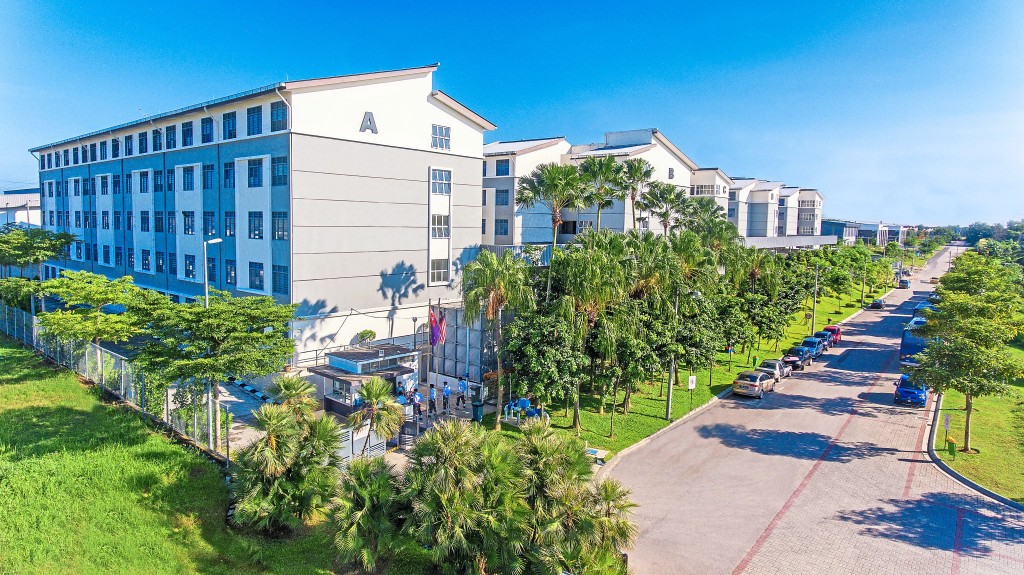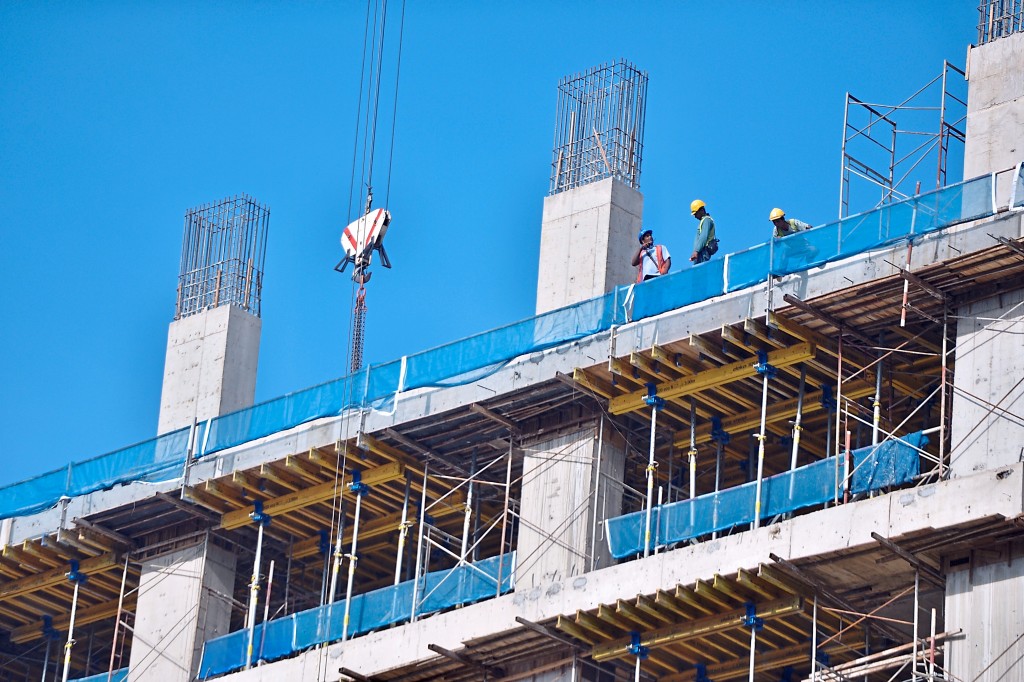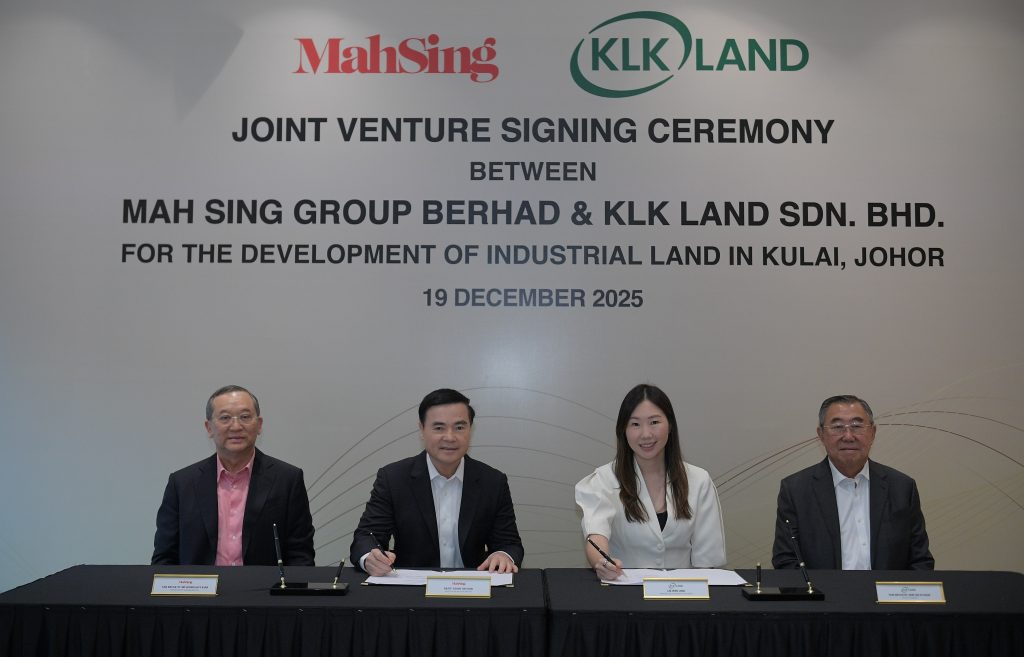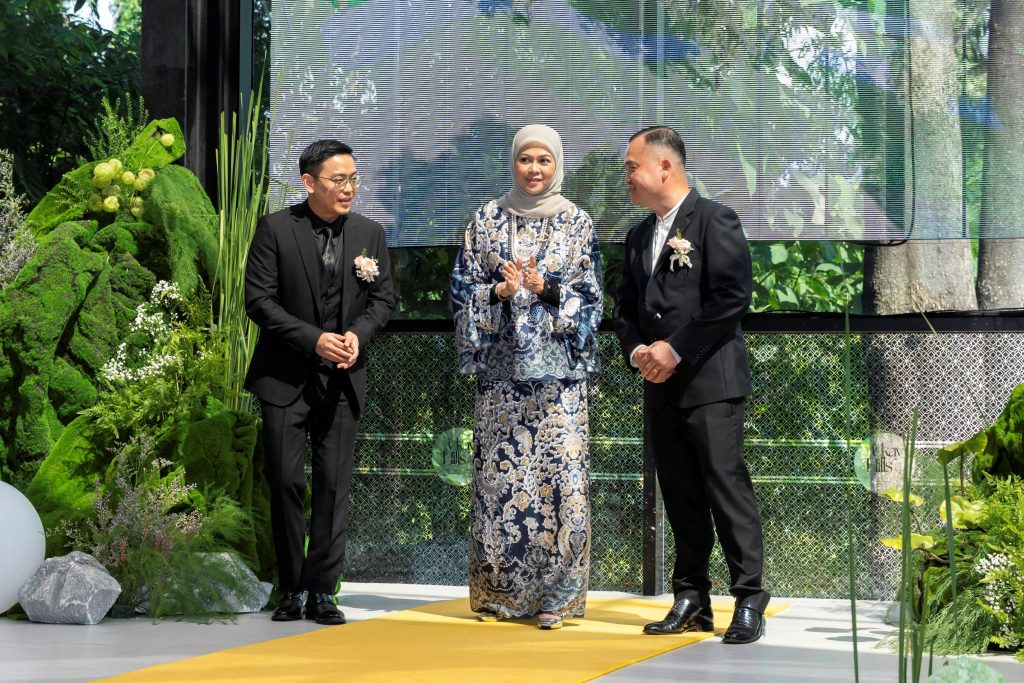Placemaking makes its impact on the construction sector
By Joseph Wong
For a long time, both foreign and local workers, particularly those in the construction industry, have been putting up with deplorable living conditions but that is changing. While we still see squatter-type abodes that are hastily built alongside property developments, these temporary homes for workers are slowly being edged out, partially due to stricter enforcement but mainly as a positive consequence of the outbreak of Covid-19.
Despite the pandemic's severe impacts, this is one area where things have improved. Many workers, particularly foreign labourers, have previously lived in situations that could easily be mistaken for slave camps, lacking even the most basic of amenities such as toilets.
In 2017, there was a change that pushed for better workers' accommodation beginning with the government’s proposal to amend Act 446 of the Workers’ Minimum Standards of Housing and Amenities Act 1990, a law that previously only covers mining and plantation workers.
Several companies have already taken advantage of this situation to cater to this potential demand. Among them are Johor based AME Construction Sdn Bhd (AME), Singapore based Centurion Corporation Ltd (Centurion) and the Construction Industry Development Board (CIDB). Also joining their ranks are STF Saujana Sdn Bhd which recently debuted its Q Centre, a centralised labour quarters and private housing unit for STF Group of Companies.
Improved facilities
But it was not until the advent of the pandemic that pushed the agenda for safer accommodations, partly to curb the further spread of the virus. While the cost of construction and in turn, the prices of property are likely to rise, the benefits of having proper workers' accommodation are manifold. Aside from allowing the businesses to effectively manage their manpower, logistics and productivity, the multi-faceted benefits include promoting structure and organisation, which impacts traffic and congestion.
Such organised developments ensure residents' and the community's well-being and will foster an environment that is both sustainable and liveable. We see facilities that have become more common including cashless payment systems where workers can purchase items and remit money without going to the remittance or money changer, 24-hours security, biometrics security systems, automated laundrettes, grocery shops, clinics, canteens and water vending machines. There are even multi-purpose halls and open spaces for healthy recreational activities. Who would have thought that workers’ accommodation could be elevated to this stage?

The Westlite Accommodation Bukit Minyak in Batu Kawan. Pic by: Zhafaran Nasib / The Star/ 29 January 2019.
For example, Penang’s Westlite Bukit Minyak provides a 6,600-bed facility and is specially designed with all the necessary facilities including a supermarket, gym, food court, barbershop, internet service, recreation rooms as well as outdoor exercise areas equipped with basketball, volleyball and street soccer courts.
Its strategic location next to a key highway provides the workers with easy access to the Bukit Minyak Industrial Park, the Science Park, as well as the Batu Kawan Industrial Park.
Increased productivity
The improved environment has helped in reducing the number of workers taking medical leave and increased productivity. Not only have operators given the thumbs up but the workers themselves enjoy staying at the dormitory as it has all the facilities where they can exercise or carry out their activities.
By adding jogging tracks, outdoor exercise equipment and sports facilities, workers can enjoy a healthier lifestyle, and a healthy worker can perform better.

Surrounded by greenery with ample space for exercise, these facilities have added benefits to employers.
A bright future
Workers’ accommodation is still a relatively new market in Malaysia that has yet to be fully explored. So far, only a handful of companies have ventured into this form of property development and management.
“Part of their success is driven by understanding the needs of the workers and providing for those needs at a price that is compatible with what the employers want and in a location that is near to the workplace.
“Apart from the basic facilities such as bed, toilet, good ventilation and electricity, other amenities such as supermarket, food court, Internet, sports and recreation, are considered important to foreign workers.
“It is also equally important that there is tight security and that the environment is one where workers feel safe and comfortable living there,” according to a report by real estate consultancy JLL Property Services (M) Sdn Bhd.
The potential going forward is good as demand for foreign workers would continue as Malaysia has a growing manufacturing and construction industry.
Prior to the pandemic-induced economic slowdown, the growth in infrastructure spending in Malaysia was among the fastest in the world going forward, averaging 15.5% in nominal terms, according to Timetric’s Infrastructure Intelligence Centre (IIC).
“Based on our research, we believe the potential for this business looks bright. Taking the lead from Malaysia’s neighbouring country, there are three companies, namely Centurion Corporation Ltd, Tiong Aik Corporation Ltd (TAC) and Capital Development Pte Ltd (CDPL), which are already in the business of providing workers’ accommodation in Singapore,” says the report.
Other opportunities
Taking this workers' accommodation model a step further, the potential of providing such lodging needs to local workers in areas where housing stock is low and suffering from traffic congestion can be a lucrative enterprise, said a property observer.
With the current shortage of affordable housing and bad traffic congestion in Kuala Lumpur, there could be a potential for building and operating this type of accommodation for local workers or foreign employees, especially in Greater Kuala Lumpur, where the demand for such workers is on the rise, now that the outlook for the property market has improved.
Stay ahead of the crowd and enjoy fresh insights on real estate, property development, and lifestyle trends when you subscribe to our newsletter and follow us on social media.












































